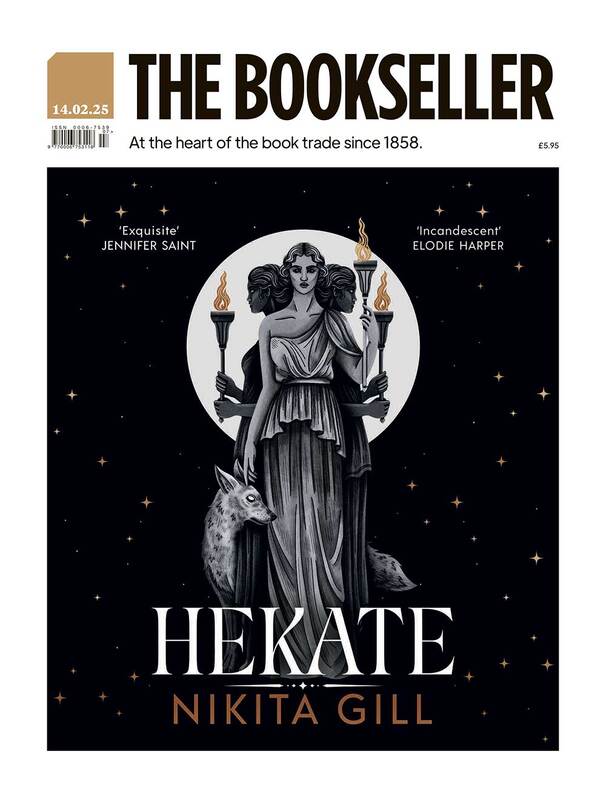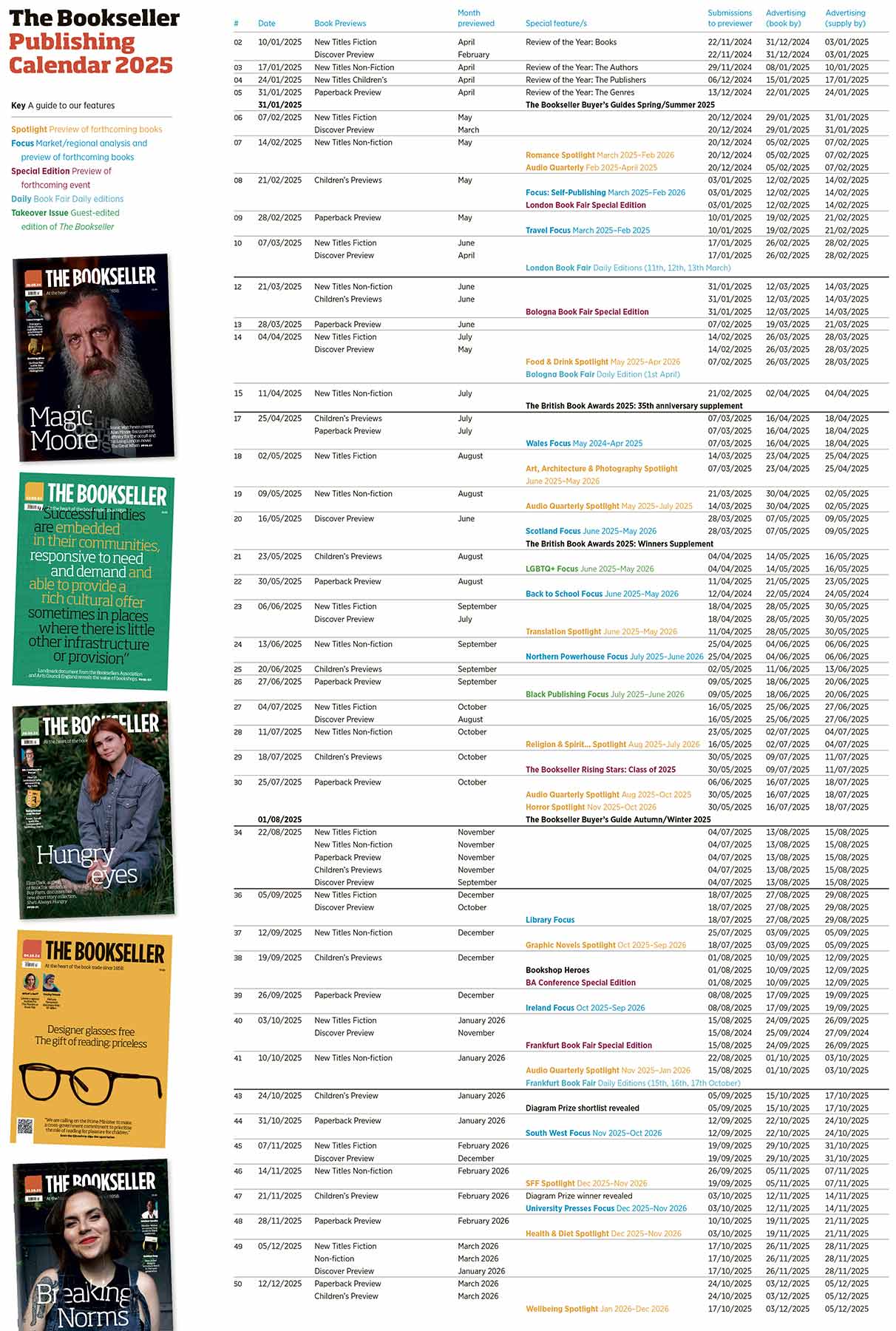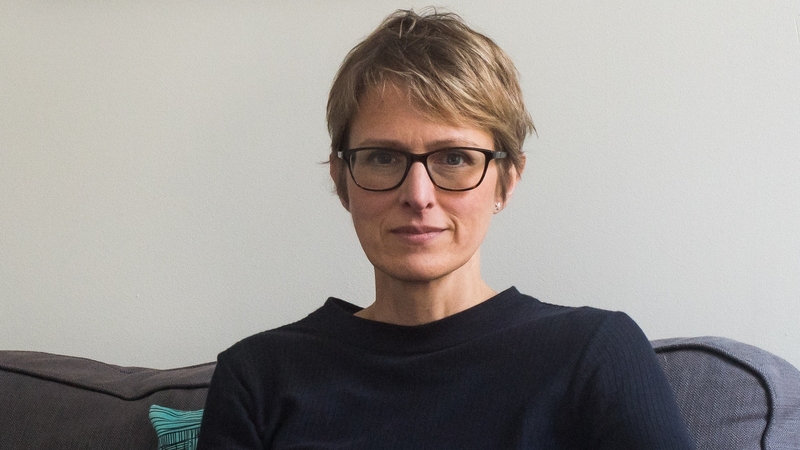You are viewing your 1 free article this month. Login to read more articles.
Christopher Tolkien dies, aged 95
Christopher Tolkien, who published the posthumous works of his father J R R Tolkien, has died at the age of 95.
The Lord of the Rings writer’s third and youngest son, Tolkien went on to edit or oversee the publication of 24 editions of his father’s works.
Charlie Redmayne, c.e.o. of his publisher HarperCollins UK, said: "Christopher was a devoted curator of his father’s work and the timeless and ongoing popularity of the world that J R R Tolkien created is a fitting testimony to the decades he spent bringing Middle-earth to generations of readers.
"The most charming of men, and a true gentleman, it was an honour and privilege to know and work with him and our thoughts are with his family at this time."
Tolkien Society chair Shaun Gunner said: "We have lost a titan and he will be sorely missed."
Aged five, Tolkien started editing, promised tuppence by his father for every mistake her noticed. He typed up manuscripts and drew maps of Middle-earth, branded "my chief critic and collaborator" by his father.
After J R R Tolkien's death in 1973, he became literary executor and completed The Silmarillion (HarperCollins), a book his father had worked on his entire life, using 70 boxes of unpublished work. It was published in 1977 and became an international bestseller, selling more than one million copies in the UK.
Tolkien then turned to other projects form his father’s vast archive including a 12-volume History of Middle-earth (HarperCollins). The work culminated in The Fall of Gondolin, which HarperCollins said was a fitting memorial to a truly unique contribution to the world of literature and letters, and tribute to his father’s genius".
He also served in the RAF during the Second World War and later became an Oxford University lecturer in Middle English and Old Icelandic.
Tolkien scholar Dr Dimitra Fimi said: "Tolkien studies would never be what it is today without Christopher Tolkien’s contribution. From editing The Silmarillion to the mammoth task of giving us the History of Middle-earth series, he revealed his father’s grand vision of a rich and complex mythology.
"He gave us a window into Tolkien’s creative process, and he provided scholarly commentary that enriched our understanding of Middle-earth. He was Middle-earth’s cartographer and first scholar."



















